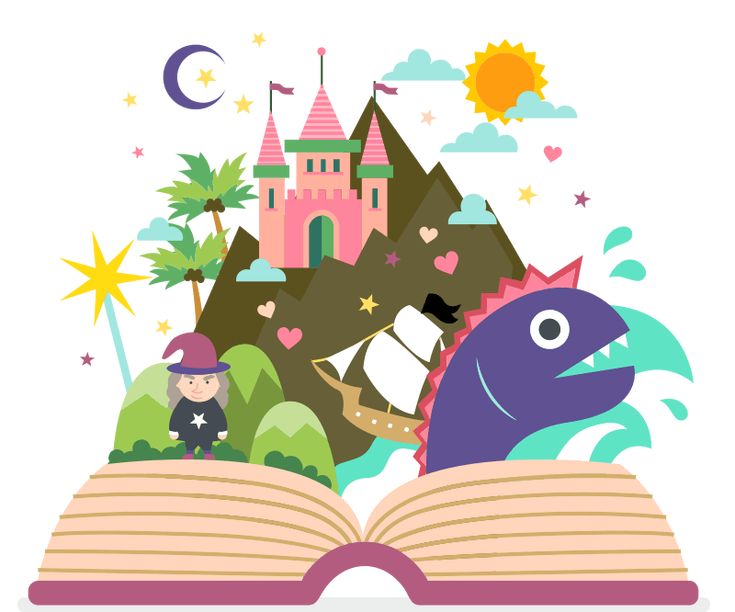Introduction Children’s books are more than just stories—they are gateways to magical worlds, sources of education, and tools for emotional development. These books play a pivotal role in shaping young minds, providing not only entertainment but also valuable life lessons and foundational knowledge. In this article, we explore the elements that make children’s books so impactful and how they inspire creativity, learning, and bonding.
The Importance of Children’s Books Children’s books hold immense significance in early development for several reasons:
- Encouraging Imagination: Stories with vivid characters and adventurous plots help children dream big and think creatively.
- Building Language Skills: Reading introduces children to new words, phrases, and sentence structures, enhancing their linguistic abilities.
- Fostering Emotional Growth: Books often address emotions, challenges, and relationships, teaching children empathy and resilience.
- Instilling a Love for Learning: Educational and nonfiction books can spark curiosity and a desire to explore the world around them.
Key Elements of Great Children’s Books Successful children’s books share common characteristics that captivate and inspire young readers:
- Engaging Illustrations: Bright, colorful, and detailed artwork draws children into the story and complements the text.
- Relatable Characters: Characters children can identify with help them connect emotionally to the story.
- Simple, Rhythmic Language: Rhymes, repetition, and clear language make the story memorable and enjoyable.
- Valuable Lessons: Themes of kindness, courage, and friendship provide children with essential life lessons.
- Interactive Elements: Pop-ups, textures, and puzzles can make reading a multisensory experience.
How to Choose the Right Book for Your Child Selecting the perfect book depends on your child’s age, interests, and developmental stage:
- For Toddlers: Look for board books with simple text and vibrant pictures.
- For Preschoolers: Choose picture books with engaging stories and repetitive language patterns.
- For Early Readers: Opt for easy-to-read chapter books with illustrations to support comprehension.
- For Older Children: Explore novels with more complex plots and themes that match their growing interests.
Activities Inspired by Children’s Books Books can be the starting point for numerous fun and educational activities:
- Art Projects: Encourage children to recreate their favorite scenes through drawings or crafts.
- Story Reenactments: Act out parts of the book to deepen understanding and enjoyment.
- Thematic Adventures: Plan activities related to the book’s theme, like a treasure hunt or science experiment.
- Book Discussions: Talk about the story, characters, and lessons to build critical thinking skills.
Conclusion Children’s books are powerful tools for growth, creativity, and learning. By choosing the right books and integrating them into everyday activities, parents and educators can create enriching experiences that nurture young minds. From magical tales to educational adventures, the world of children’s books is truly transformative. Let’s open a book today and embark on a journey of discovery together.


Comments ()